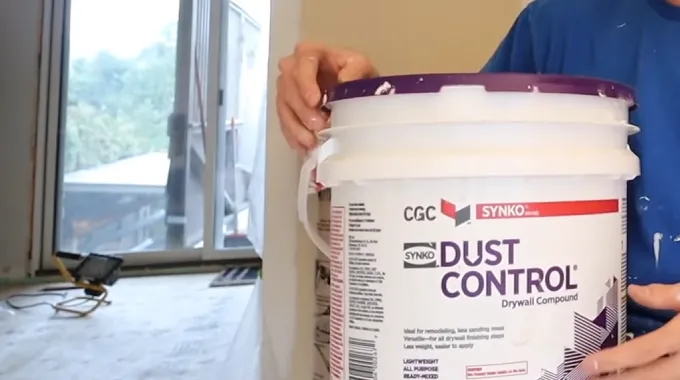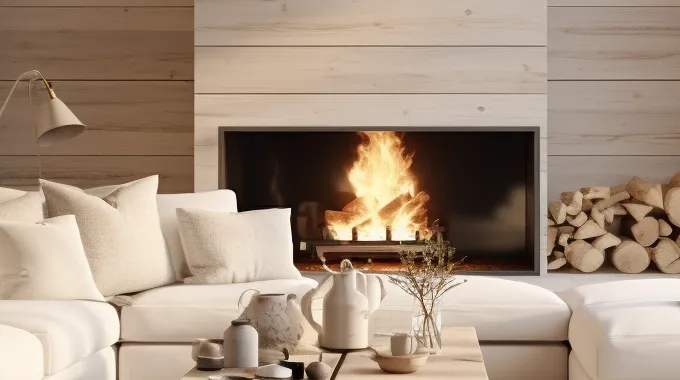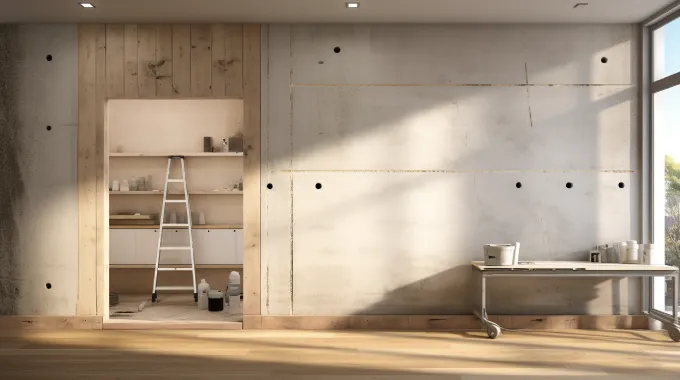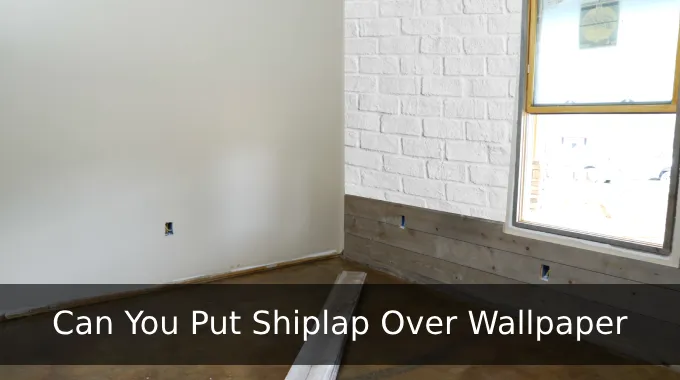Last Updated on March 13, 2023
Drywall is a common building material often used in home construction and renovation, but is the dust it produces flammable? It’s good that drywall dust isn’t flammable.
Drywall itself is made of gypsum, an inert mineral that does not burn. But, the paper facing on drywall tends to ignite when heated to temperatures above 450 degrees Fahrenheit. Even so, due to certain additives in the drywall mix, such as mica, clay, and resin, this risk of fire is greatly reduced.
Let’s dig into the fascinating science behind why drywall dust isn’t flammable, as well as other important details about this popular material.
Why Is Drywall Dust Non-flammable?
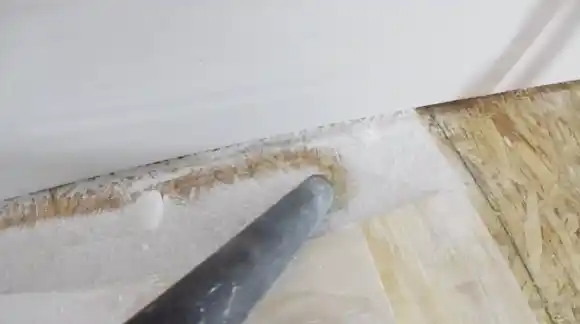
The properties of gypsum, the main component of drywall dust, are responsible for its non-flammability.
Gypsum is a naturally occurring mineral and is composed of calcium sulfate dihydrate (CaSO4·2H2O). It has a relatively low melting point (150 degrees Celsius) and contains around 21% chemically combined water.
When exposed to heat, usually from a fire, the chemical bond between gypsum and water breaks down. Steam is released as a result of this exothermic reaction.
This process dissipates heat quickly, thus preventing it from further heating up the material. In addition to this effect of releasing steam when heated up, gypsum is also non-combustible. This means that it does not participate in combustion reactions even at high temperatures.
This unique combination of properties makes drywall dust exceptionally resistant to fire. In fact, drywall has been found to be one of the most effective materials for insulation against fire due to its high thermal resistance capability. Studies have shown that it can reduce the transmission of flames by up to 80%.
Can Drywall Dust Ruin My Furnace?
Drywall dust has several potential effects on furnaces if it enters the system during construction work. First of all, drywall dust can coat various parts of your HVAC system, such as filter systems which will lead to poor airflow and reduced efficiency over time due to clogging.

If your furnace operates with pilot lights or open flame burners, then exposure to significant amounts of drywall dust may potentially cause combustion problems.
This could be due to accumulation on ignition electrodes which would create sparks that could ignite any combustible particles in the air stream leading to an explosion hazard.
Therefore it is highly recommended that during construction work, any entry points into your HVAC system should be sealed off properly with tape or plastic sheeting to prevent dust from entering the system.
It is also essential to clean up regularly after construction activities have been completed. This will help to remove any particles that have accumulated and ensure that your furnace is running at its best.
At What Temperature Does Drywall Dust Combust?

The combustible temperature at which drywall dust ignites depends upon the specific components that comprise it. For the most part, the paper layer that encapsulates the gypsum will catch fire at 451 degrees Fahrenheit.
Since gypsum has a high moisture content, it will take extreme temperatures for any combustion to occur here due to the evaporation of its moisture content before ignition can occur.
This property of gypsum helps ensure that fires won’t spread easily and quickly over walls or other surfaces where drywall fine dust particles are present.
Can You Drywall An Unheated Room?
Drywalling an unheated room is possible, but it should be done cautiously. The primary concern when drywalling in an unheated area is the humidity and temperature of the room.
Due to the lack of heat in the environment, the air will become more humid, which can lead to mold and rot if not considered.
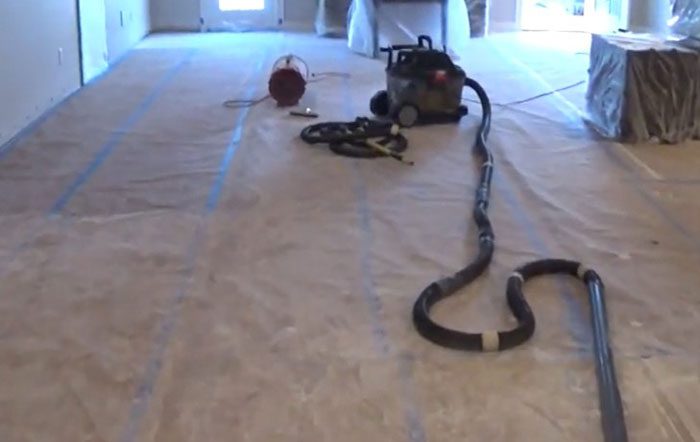
To avoid this issue, a dehumidifier should be used, and ventilation systems should also be installed. It is also vital that the room temperature is kept at 40°F (5°C) or higher to ensure that any water vapor does not affect the drywall.
Does Drywall Have a Fire Rating?
Drywall has a fire rating, and there are two main types, which are Type X and Type C. Both of which are approved for use in 60-minute rated designs.
The difference between them lies in the ingredients used in their manufacture. Type C fire-rated drywall has more glass fiber reinforcement and other components added to its gypsum core which boosts its fire-resistive properties even further than Type X.
Plus, both types of drywall can be manufactured with additional non-combustible materials such as wood fibers or biocides, which further improve their flame resistance and make them suitable for even longer-rated designs.
Is There a Non-Combustible Drywall?
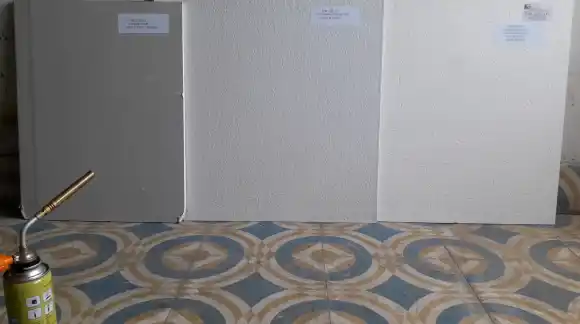
There’s no such thing as non-combustible drywall. All types of drywall are designed to be flame-resistant or fire-resistant to some degree, meaning they will not easily catch fire and spread flames quickly.
However, if exposed to extreme heat or flames for an extended period of time, any type of drywall can still eventually ignite.
To maximize protection against fires, using Type C drywall is recommended since its core contains a shrinkage-compensating additive called vermiculite which makes it even more resistant to fires than other types of drywalls.
This type of material also comes in 1/2” and 5/8” thicknesses, so you can use the one that best suits your needs in terms of both cost and performance.
How Do You Know If Drywall Is Toxic?
The first indication that drywall may be toxic is usually the smell. Sulfur odors similar to rotten eggs can indicate the presence of toxic gasses produced by decaying drywall materials.
Other signs that may suggest the presence of toxic compounds include the failure of information displays on TVs, DVD players, radios, and microwaves. Light bulbs burn out faster. Also, silver jewelry or utensils tarnish faster than usual.
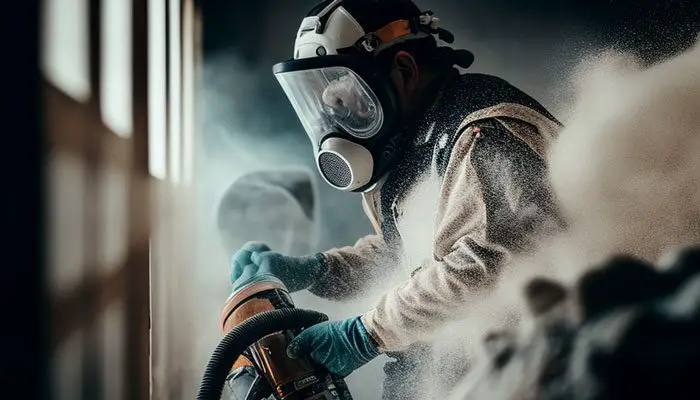
If any of these symptoms are present in your home or workplace, then it could be indicative of decaying drywall materials that have released toxic compounds into the air.
It is important to identify these early warning signs before they become more serious health risks due to prolonged exposure.
The best course of action would be to consult a professional who specializes in identifying indoor environmental hazards to determine whether or not your home or workplace is safe from toxins from decaying drywall materials.
Staying Fire-Safe with Drywall
While the dust particle from drywall is not generally flammable due to its composition of mostly gypsum rock which is not combustible, it is important to take precautions against fire hazards.
Taking safety measures such as installing smoke alarms and ensuring that all electrical wiring systems are up-to-date can help protect both people and properties where drywalls have been installed.
Ultimately, it pays to be well informed about the potential risks associated with any building materials used in construction projects so that one can act accordingly and minimize the risk of a fire occurring on one’s property.
